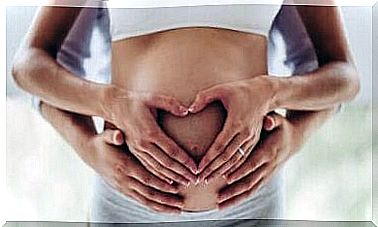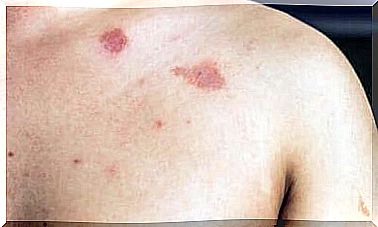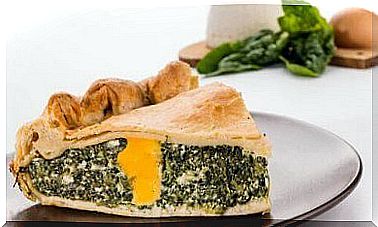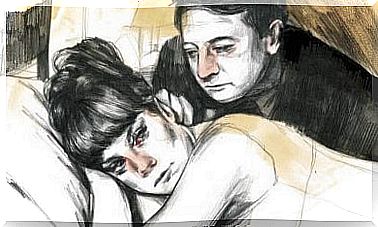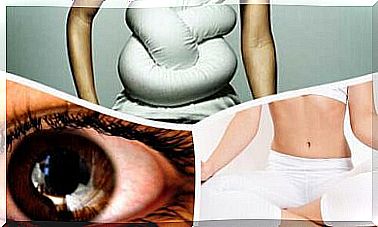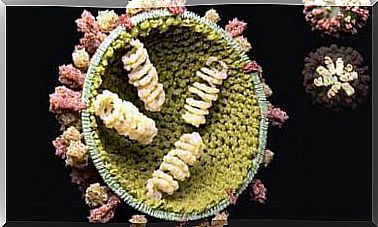Genu Varum Or Wheel Bone: Causes And Treatment
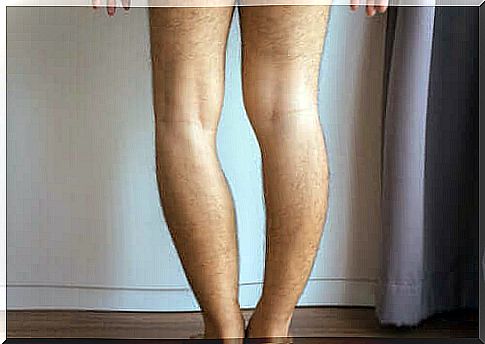
Wheel bone is a condition that affects the natural or anatomical adjustment of the knees. Children who suffer from it have an excessive curvature that separates the knees and brings the ankles and feet closer together. The medical name is Genu varum .
This word comes from the Latin genu meaning “knee” and varum meaning “moving away from the center line of the body”.
This condition is normal in babies up to one and a half years. The legs begin to straighten from the age of 12 months or when they begin to walk.
If your legs do not straighten when they are between two and three years old, or if they bend more, consult a pediatrician. Below we explain how they assess a child with Genu varum .
Do Genu varum cause other symptoms?
Children with wheeled bones sometimes walk with their toes pointing inwards, this can make them stumble a lot.
This problem usually resolves on its own as children get older. However, when the wheel bone continues in adolescence, it can cause pain in the ankles, knees or hips.
The main causes of Genu varum or wheel bone
Babies are born with wheel bone due to their position in the womb. Some of the bones rotate slightly as they grow inside the mother’s womb to fit into the small space.
This curvature is called physiological wheel bone. Doctors consider it a normal stage of the child’s growth and development.
In some children, this condition can also be caused by broken bones that did not heal properly.
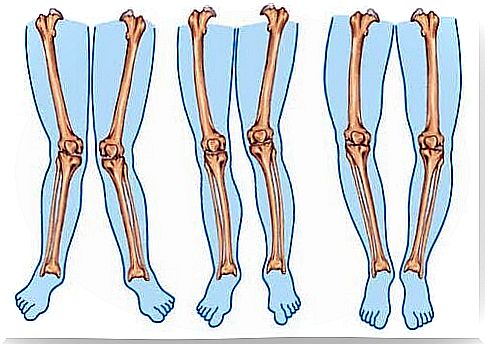
Diagnosis of Genu varum
To determine if a child is suffering from Genu varum , the doctor will consider their medical history. Doctors usually examine children over the age of two.
They usually follow these steps during a physical examination:
- Measures the distance between both knees with the child lying on his back.
- Observes how the child walks to determine an abnormal gait.
If there is no discomfort and the legs are almost symmetrically bent, the doctor will only recommend observation. In other words, parents need to keep an eye on their child’s development to see if the curvature improves over time.
Only a few cases will require an orthopedic assessment. The professional will decide whether:
- the legs do not straighten by themselves
- the curvature is asymmetrical (the legs are curved to varying degrees)
- the child has other symptoms such as pain, lameness, weakness or difficulty walking and running
If this is the case, your doctor will order an x-ray if they suspect Blount’s disease. This disorder is when the tibia is turned inward. It is a growth disorder that slowly worsens over time. Experts do not understand the cause.
Another cause of Genu varum is rickets. A vitamin D deficiency causes this disorder. To detect it, the orthopedist will order blood samples.
Treatment for Genu varum or wheel bone
If the doctor found that the arch is physiological, they will not indicate any kind of treatment. The legs will correct themselves as the baby grows. Experts recommend taking your children to see their doctors every six months to see if their legs get better.
There are two types of treatment to correct them. One is orthopedic devices and the other is surgery.
Non-surgical treatment
Some children may require orthopedic devices or splints. They are used in severe cases of wheel bone or in cases of Blount’s disease.
Doctors usually indicate vitamin D to patients with rickets and also recommend incorporating more calcium into the diet. Similarly, they recommend increasing exposure to sunlight.
Surgical treatment
The orthopedist can determine if the degree of bending requires surgery. Cases of Blount’s disease are likely to require surgical treatment.
Doctors can do the operation at a young age. In special cases, this can be done when the child has stopped growing. The decision will depend on the severity of the bending and the benefits.
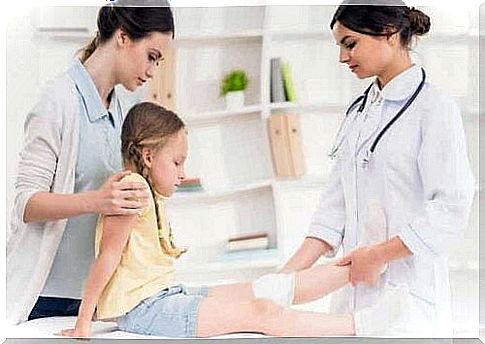
Recovery and prognosis
Since it can simply be part of the development, there are no preventive measures for wheel bone. As we explained above, it is just another growth stage in many children.
One of the causes that can be prevented is rickets. To avoid this condition, children should play outdoors to get sunlight.
Cases of physiological wheel bone have a good prognosis. In most cases, the arch will correct itself, and the child will have no trouble walking.
When severe bending is not treated, it can lead to osteoarthritis of the knees or hips in adulthood.
Genu varum is not always physiological
Children with physiological wheel bone do not need to make changes in their daily activities. They can walk, run and play normally. In fact, they can be as active as any other child of the same age.
Parents simply need to keep an eye on their growth and development. Talk to your doctor if your child’s legs do not straighten on their own or further discomfort occurs.
